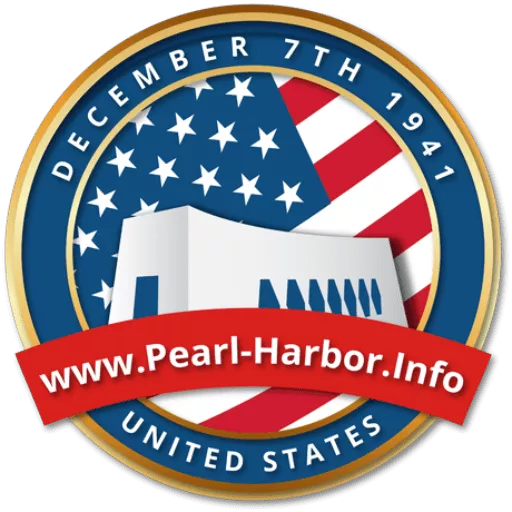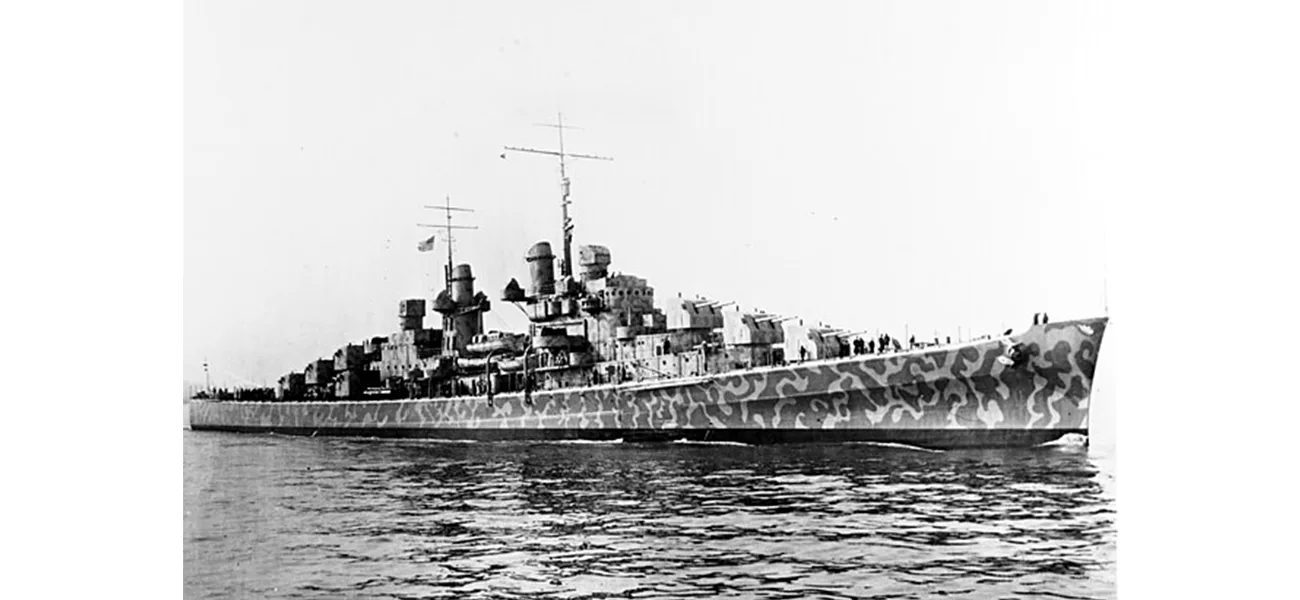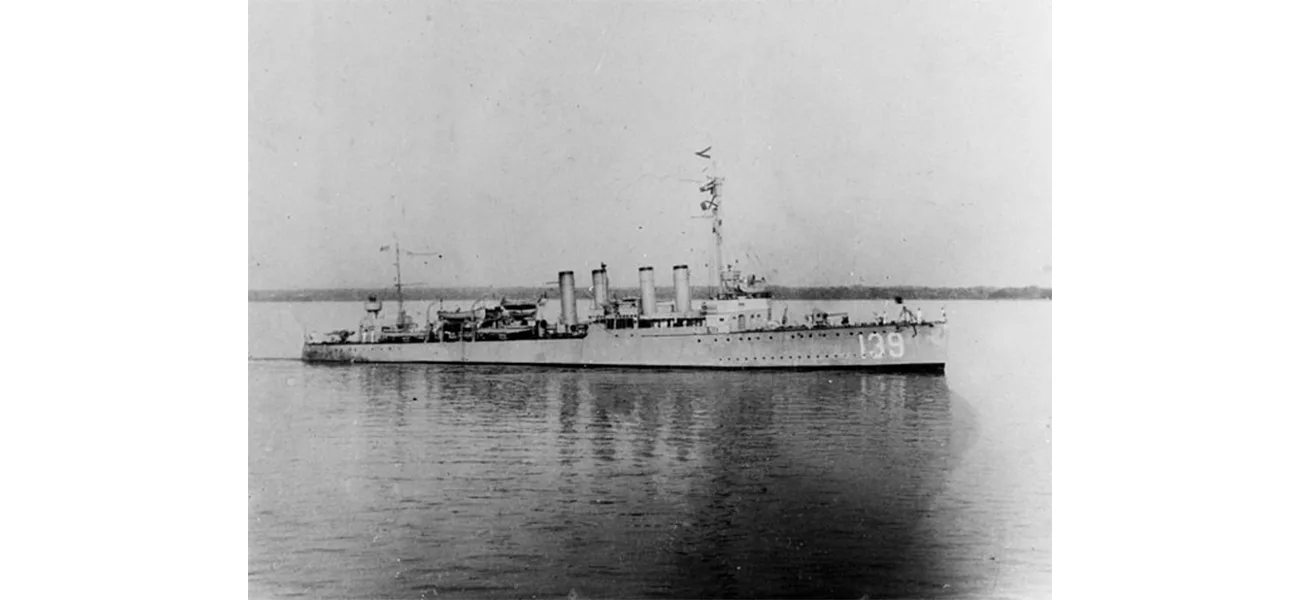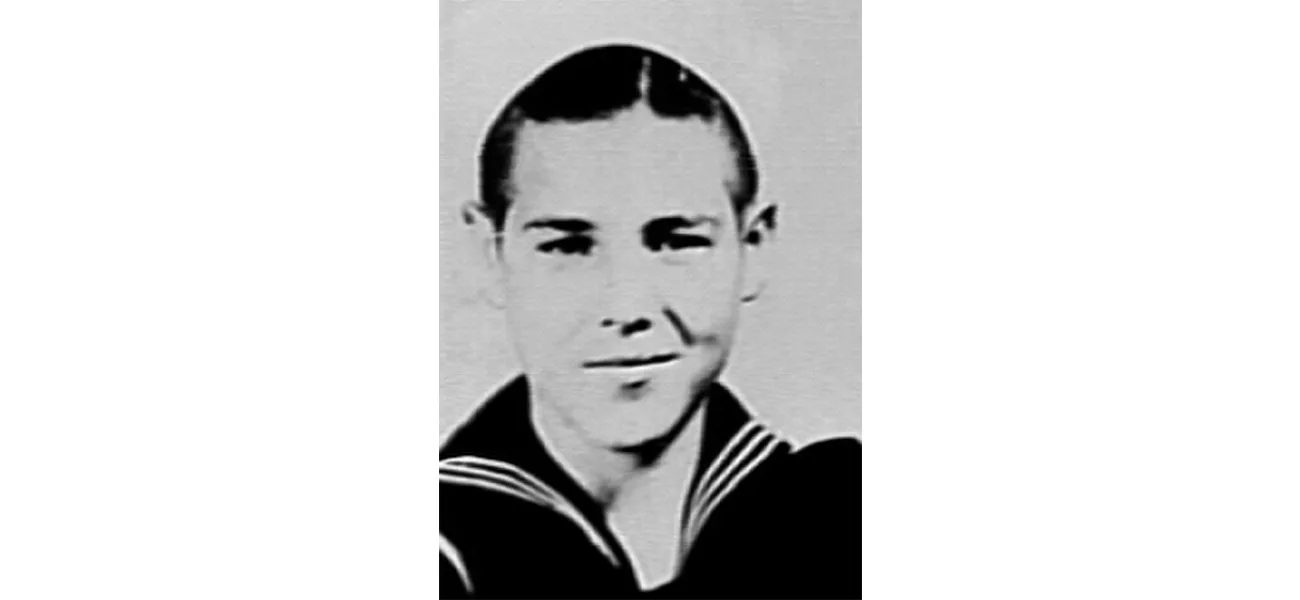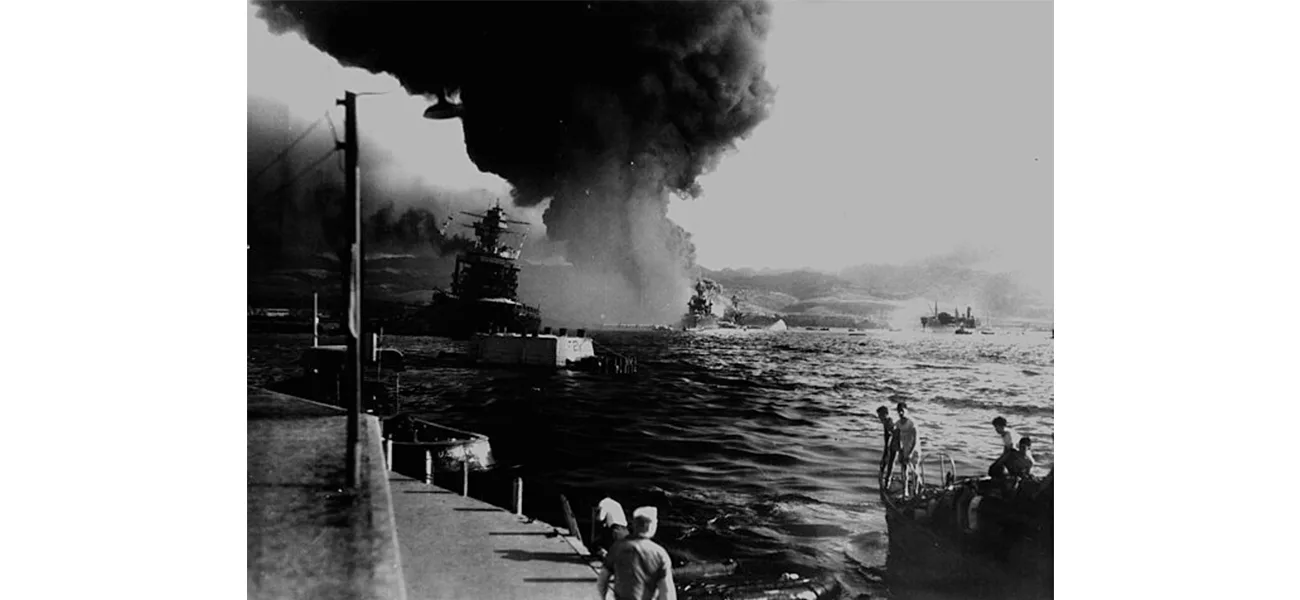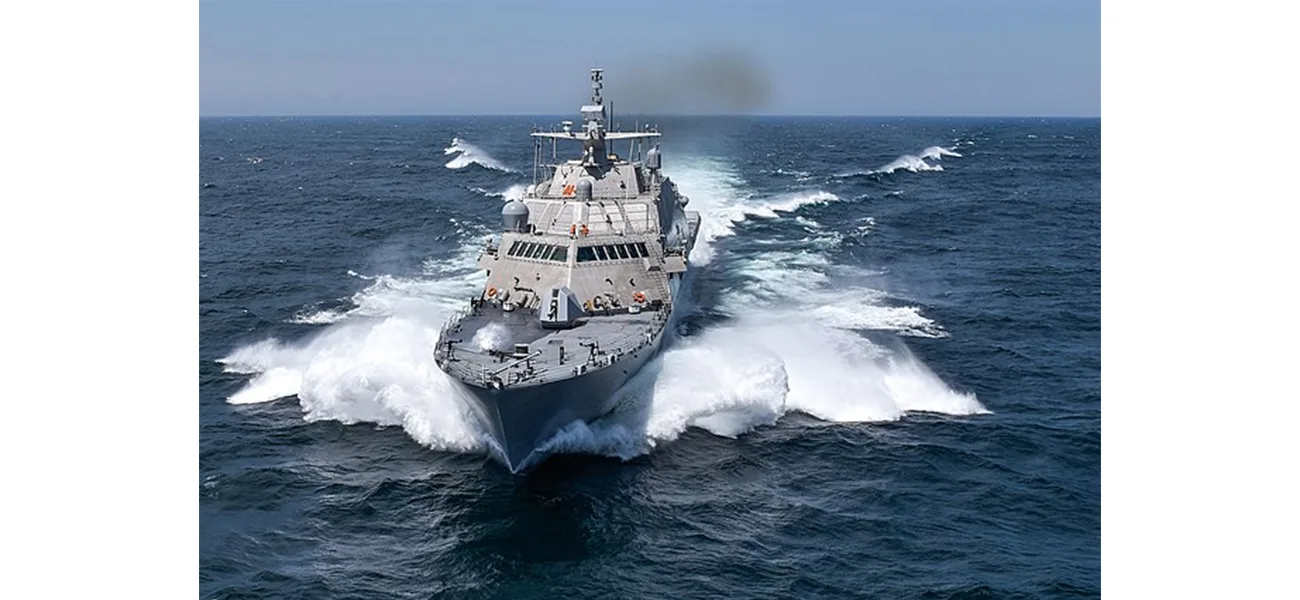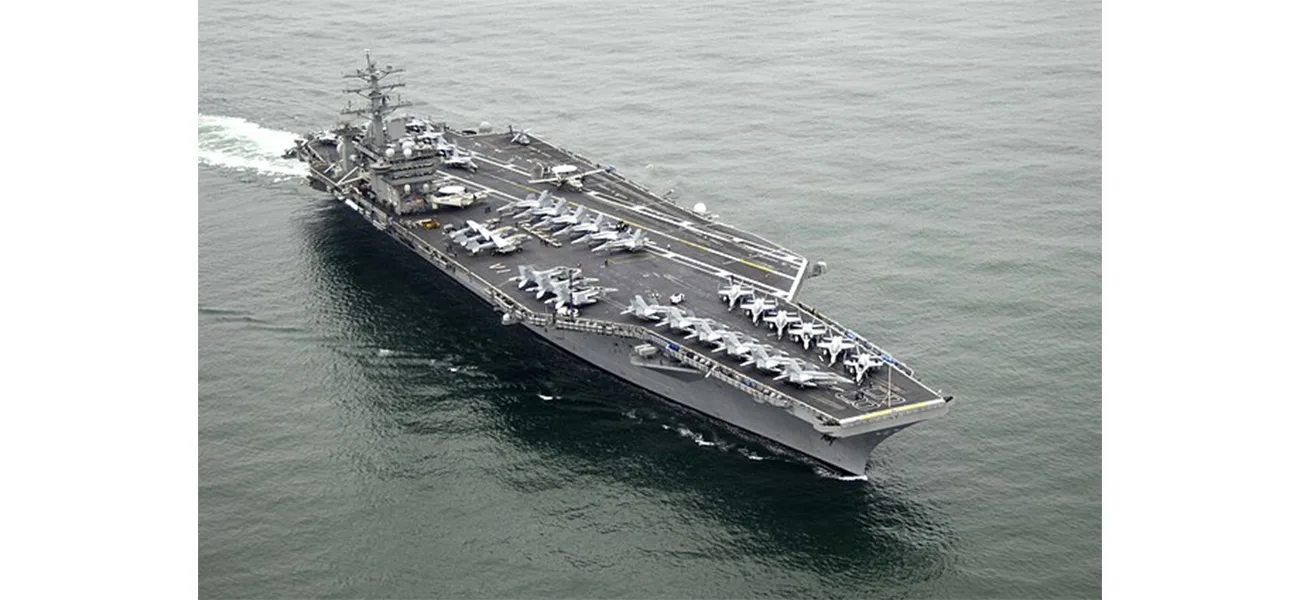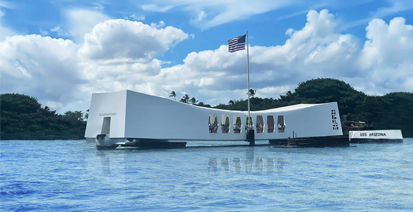An Unexpected Aviation Milestone
An Unexpected Aviation Milestone occurred on February 28, 2019, marking a dramatic turning point in the history of commercial aviation. When Japan launched its attack on Pearl Harbor, it triggered a series of events that reshaped global history. Among the unforeseen consequences was a groundbreaking achievement in the fledgling commercial aviation industry, led by Pan American Airways’ Pacific Clipper—a Boeing 314 flying boat captained by Robert Ford.
A Routine Journey Disrupted by War
On December 2, 1941, five days before the Pearl Harbor attack, the Pacific Clipper, previously known as the California Clipper, departed from Pan Am’s base in San Francisco. Its mission was a routine flight to Auckland, New Zealand, providing passenger services. Scheduled to arrive on December 7, the crew received news of the Pearl Harbor bombing just as they were approaching New Zealand. With America thrust into World War II, the Pacific Clipper and its crew of ten suddenly found themselves stranded in Auckland, unable to safely return via their planned route across the Pacific.
A Bold New Mission
As war tensions escalated, the Pacific Clipper’s eastbound return through Pacific waters became a perilous gamble. After a week of deliberation at the U.S. Embassy in New Zealand, Captain Ford received new orders: fly west instead, with New York City’s LaGuardia Field as the final destination. This daring route would take them on an unprecedented journey across hostile airspaces and unknown territories. To reduce the risk of detection and attack, Ford removed the aircraft’s Pan Am markings and registration.
On December 16, 1941, the Pacific Clipper set off on its remarkable westward journey, starting with a stop in Noumea, New Caledonia, to rescue Pan Am personnel stranded there. From there, they ventured into uncharted territory, beginning a trek that would span continents.
The Journey of a Lifetime
For nearly a month, the Pacific Clipper navigated a treacherous path, stopping in places like Australia, Java, Ceylon, British India, Sudan, the Belgian Congo, Brazil, and Trinidad and Tobago. At one point, in Surabaya, Java, the crew faced an unusual challenge—refueling the Boeing 314 with automobile gasoline due to a lack of aviation fuel. Despite initial resistance from the engines, the aircraft managed to take flight.
The journey wasn’t without its dangers. Between Surabaya and Trincomalee, Ceylon, the Clipper narrowly escaped a Japanese submarine by gaining altitude to evade incoming fire. On Christmas Eve, a faulty cylinder in one engine caused an oil leak, forcing an unplanned stop for repairs.
However, amidst the challenges, the Pacific Clipper made history by completing the longest non-stop flight from Africa to Brazil, setting a record that cemented its place in aviation lore.
A Triumphant Return
On January 6, 1942, after logging an astounding 30,000 miles around the globe, the Pacific Clipper finally landed in New York. Against all odds, Captain Ford and his crew successfully completed their mission, creating a captivating chapter in wartime aviation history.
The Boeing 314 Pacific Clipper went on to serve the U.S. military during the war and was later sold to Universal Airlines after being damaged in a storm. While her flying days eventually came to an end, the legacy of this incredible journey endures as a testament to human ingenuity and determination during one of history’s most turbulent periods.
This extraordinary story of resilience and innovation continues to inspire aviation enthusiasts and history buffs alike, showcasing the profound impact of wartime on shaping industries and breaking boundaries.
